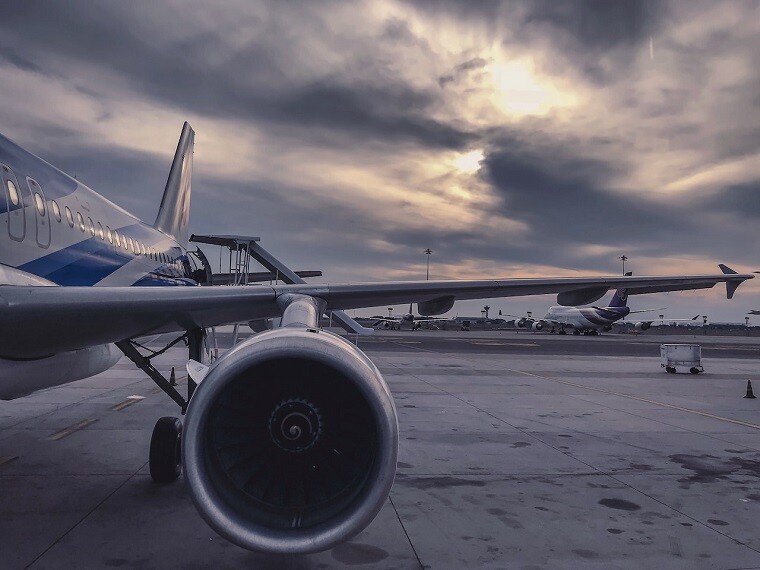For decades aviation companies have been certifying the airworthiness of their aircraft with the civil aviation authorities of basically three regions of the world. In the US, Boeing and the Federal Aviation Administration (FAA) have worked together to produce and certify, respectively, some of the most iconic and reliable aircraft in the history of aviation. Same in Europe with Airbus and the European Aviation Safety Agency (EASA) and, more recently, with Embraer and ANAC in Brazil.
Using current standards, the certification of an aircraft is a costly and lengthy affair. That is why only crewed technology is going through the process—because the return justifies the investment. That is not the case with smaller non-piloted aircraft that will never recover the certification investment (if we use today’s standards, that is).
With notable exceptions in smaller geographies, the certification of aircraft seems to be destined to happen almost exclusively in these three areas. But does it have to be this way for advanced air mobility (AAM) and uncrewed aviation vehicles (UAVs) or drones?
Not necessarily. So far, most civil aviation authorities (CAA) in the world have focused on certifying operations, not technology (read aircraft) except for the large three mentioned before and a few others, like China, with nascent aviation industries.
With the democratization of aviation technologies and uncrewed aviation fighting for a seat at the table, affordable prices for components are allowing small aircraft manufacturers all around the world to approach their respective civil aviation authorities and asking for certification of their new designs.
According to decades-long airspace treaties, all that a regional CAA needs to certify aircraft is to be a member in good standing of the International Civil Aviation Organization (ICAO). As more and more non-piloted aircraft manufacturers request their country’s CAA to certify their UAV’s or air taxis, these organizations will gain experience and share intelligence with the FAA, EASA, and ANAC. Soon, we will have a robust worldwide machinery of aircraft certification.
How would this affect the integration of crewed and uncrewed aviation? For one, it will not be so revolutionary as it seems, given the fact that today’s ICAO has managed to unify all flying rules around the globe for crewed aviation operations. Without this compatibility of operations, airlines will not be able to travel from one country to another without exposing everyone to incredible dangers.
For example, today a German pilot commanding a Dutch jet airliner can take off from Charles de Gaule airport in Paris and travel halfway around the world and land in Singapore using the same phraseology to communicate with air traffic control (ATC) and use the same exact takeoff, climb, cruise, descend, approach, and landing procedures along the route. This unification of processes was not easy or fast, but as the jet era took over the world in the early sixties, countries realized that it was in their best interests that skies should be safe and passengers should easily travel from point A to Point B, increasing commerce and opening the doors to today’s enormous tourism industry.
So, if ICAO and every member country were capable of reaching an agreement with piloted aircraft and passengers on board, one would think it should be easy to extend that agreement to uncrewed aviation without much delay.
This unification of processes and procedures will be a catalyst to the uncrewed aviation industry as we approach the era of regular flights beyond visual line of sight (BVLOS) of the operator. In today’s world in which most flights are conducted under Part 107 or its international region equivalent, no aircraft is supposed to be crossing international boundaries. But as soon as we have flights in which the operator with the controls is not in the immediate vicinity of the aircraft, we will have situations that involve different jurisdictions and, by default, questions of responsibility and potential liabilities.
Imagine an operator in Miami flying a drone in Canada. What jurisdiction will be used in case of an accident? The place where the accident occurred or the legislation of the country where the Pilot in Command (PIC) made the decisions that led to the accident?
These and other questions will need to be addressed and codified into international law by the CAAs of the world in concert with ICAO by the time we live in a world where the pilot is not necessarily onboard the aircraft.
Having hundreds of CAAs with the experience of certifying, not only operations, but also aircraft, will be beneficial to the effort to integrate crewed and non-crewed aircraft as more and more public servants around the world will understand the realities that rule the use of these two ways of controlling a flying vessel over international borders.
During the recent Commercial UAV Expo in Las Vegas, we learned from the FAA that they are aiming at August 2024 to publish their BVLOS NPRM (notice of proposed rulemaking) and also that the US President Biden has nominated Michael G. Whitaker to lead the federal agency, marking an important milestone in the advancement of uncrewed aviation.
As we wait for the FAA, under new management, to issue their BVLOS regulations and we perfect our uncrewed traffic management (UTM) systems and fine tune onboard detect and avoid (DAA) services, the industry moves forward, perhaps slowly, but surely towards full integration.
If the jet era opened the doors to massive and affordable international travel, we can only imagine what a similar approach to uncrewed aviation will do for commerce and the optimization of processes that today use vehicles with technology that is basically hundreds of years’ old. Exciting times are ahead as we watch how countries try to solve the conundrum of integration as we all run towards an international agreement on how to add uncrewed aviation to the skies of the world.















Comments